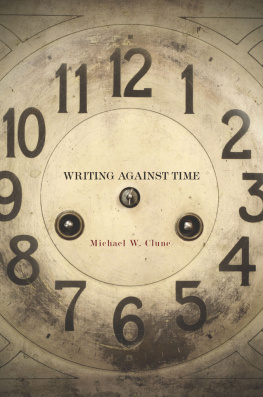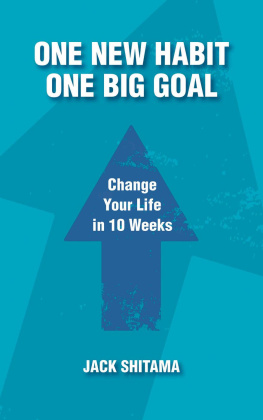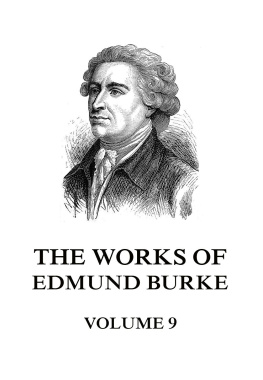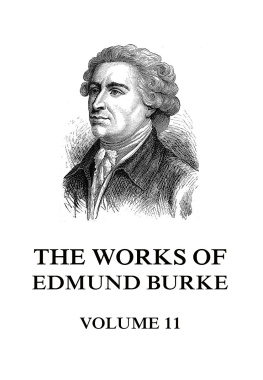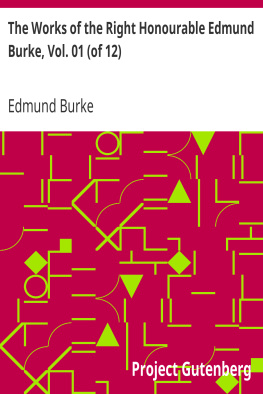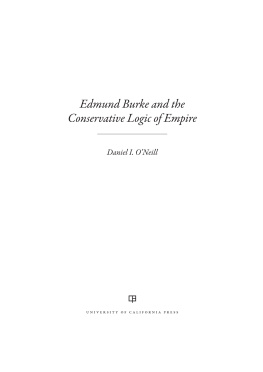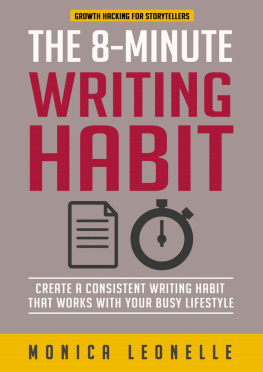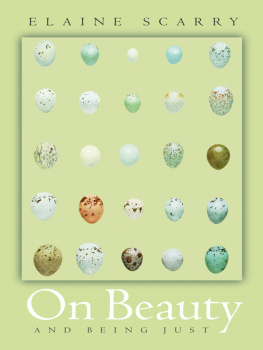WR ITING AGAINST TIME
Michael W. Clune
STANFORD UNIVERSITY PRESS
STANFORD, CALIFORNIA
Stanford University Press
Stanford, California
2013 by the Board of Trustees of the Leland Stanford Junior University.
All rights reserved.
No part of this book may be reproduced or transmitted in any form or by any means, electronic or mechanical, including photocopying and recording, or in any information storage or retrieval system without the prior written permission of Stanford University Press.
Printed in the United States of America on acid-free, archival-quality paper
Library of Congress Cataloging-in-Publication Data
Clune, Michael W., author.
Writing against time / Michael W. Clune.
pages cm
Includes bibliographical references and index.
ISBN 978-0-8047-7081-1 (cloth : alk. paper)ISBN 978-0-8047-7082-8 (pbk. : alk. paper)ISBN 978-0-8047-8482-5 (e-book)
1. Literature, ModernHistory and criticism. 2. Time in literature. I. Title.
PN56.T5C56 2013
809'.93384dc23 2012035993
Typeset by Bruce Lundquist in 10/14 Minion
CONTENTS
ACKNOWL EDGMENTS
My thanks go first to Aaron Kunin, both for the example of his own work and for the gift of his intellectual friendship, which has so enriched the writing of this book. Amy Hungerford, Walter Benn Michaels, Kerry Larson, David Drewes, James Kuzner, and the two anonymous readers for the press offered valuable advice on various drafts. Id also like to thank Frances Ferguson, Mark Pedretti, Jonathan Flatley, and the members of my Forms of Life seminars in 2009 and 2010. Emily-Jane Cohen has been a wonderful editor, and I am grateful for her support of this project. For their assistance with the scientific portions of this book Id like to thank Rebecca Traynor, Mike Robinson, Nancy Campbell, Daniel Lende, John Sarneki, and Ming Li and the members of his lab. Ive benefitted from the generous responses of the audiences who have heard parts of this project; Id like to extend special thanks to Mary Esteve, James Narajan, William Marling, J. D. Connor, Garrett Stewart, Athena Vrettos, Oren Izenberg, Gary Stonum, Allison Carruth, and Andrew Hoberek. The Mellon Foundation provided crucial support in the early stages of this project, and the College of Arts and Sciences at Case Western Reserve University provided support during its completion. This book is dedicated to Colleen, with timeless love.
An early version of appeared in Criticism 50.3 (Copyright 2008 Wayne State University Press, reprinted with permission of Wayne State University Press).
I NTRODUCTION: WRITING AGAINST TIME
Is art different from life? According to an emerging consensus, our experience of a description of a house, person, or landscape in a novel or poem, and our experience of an actual house, person, or landscape, are not essentially different. Critics and philosophers have drawn on recent neuroscientific research to argue that the brain processes the images prompted by literature in much the same way as it processes any other image. Thus Alvin Goldman describes a study in which subjects responded to a verbal description of a beach by robustly enacting vision, manifesting eye movements and neural signals as if they were examining the real thing (Imagination, 42). Blakey Vermule and others have argued that we relate to literary characters using the same mechanisms deployed in our negotiation of actual social situations. Timothy Schroeder and Carl Matheson, in a summary of the past two decades work on aesthetics, write: Insofar as the imagination causes the same feelings as the real, it does so by using the same structures in the brain as those used by the real world (30). An event causes sensory stimulation; various mental representations are formed; signals are sent to affective centers. Thus fictional stimuli entrain neural consequences similar to [those of] nonfictional stimuli (28).
To say that our brains process fictional images in much the same way as they process actual images is not, however, to say that there are no differences. Three are particularly salient. First, the experience of a novelistic description of a thunderstorm, compared with the experience of an actual thunderstorm, requires a different kind of interpretation. The reader draws on various linguistic and cultural competences and assumptions in order to turn the marks on the page into the image he understands the author to intend to project. Or my failure to run may be due to the third difference between life and literature: literary images are less vivid than actual images.
This is Elaine Scarrys assumption in her classic study Dreaming by the Book, and recent neuroscience supports this intuition by suggesting that the impulses triggered by fictional images are similar, but less robust, that those triggered by actual images. Scarry describes works of literature as containing set[s] of instructions for creating images (244). Beset by what Aristotle calls the feebleness of images, writers struggle to copy those dynamics of actual perception muted by imaginary perception (4). This counterfictional drive gives rise to ingenious techniques designed to give literary images something of the vivacity of the flowers, skies, and faces we encounter in everyday life. Scarry illustrates some of these techniques by quoting a passage from Prousts In Search of Lost Time, where Marcel, describing the effect of the magic lantern on his bedroom wall, exclaims that the anaesthetic effect of habit was destroyed (11). Scarry comments: But more fundamental than Prousts philosophical speculation on habit is what he does not openly remark on: the perceptual mimesis of the solidity of the room brought about by the impalpable iridescence of the magic lantern on the walls (11). A weakly imagined wall together with the equally weak, dreamlike image of magic lantern light combine to create an image of surprising solidity. Prousts philosophical ruminations about habit are merely a distraction, something to draw our attention away from the trick by which two feeble images are folded on top of one another to give the effect of solidity.
Writers want to create vivid images. But is philosophy really so extrinsic to this work? I want to call this assumption into question by first questioning another of Scarrys assumptions. Is it true that everyday perception is vivid? The color of the sky on my way to work, the flowers in my neighbors yard, my neighbors facesis this really what writers seeking vivacity seek to imitate? I dont often have a particularly vivid impression of the sky on my way to work. I couldnt say what colors my neighbors flowers are. In fact, Im not even sure that they have flowers. I will shortly present evidence that the feebleness of everyday perception is not my private tragedy. But if, as Scarry argues, the flowers in books are in constant danger of dying for want of the solidity of real flowers, then what is killing the real flowers? And what is the medicine? The analysts of literary effects from Edmund Burke through Viktor Shklovsky, from Scarry to the latest cognitive critics, have been distracted by formal features, structures, and techniques. The sickness of literary flowers may be a problem for literary technique. The sickness of living flowers is a problem for philosophy. And this philosophy, as I will argue, has been the constant practice of a literature that doesnt want to imitate life, but to transform it.
...
Time poisons perception. No existing technique has proven effective at inoculating images against time. The problem is familiar. The more we see something, the duller and feebler our experience of it becomes. In a review of recent neuroscientific studies, David Eagleman describes strong evidence for a process that will be intuitively obvious to all readers. The first time we encounter an image, our perceptual experience tends to be richly vivid. Repeated exposure leads to a dramatic drop-off in vivacity. With repeated presentations of a stimulus, a sharpened representation or a more efficient encoding is achieved in the neural network coding for the object (132). Once the brain has learned to recognize the image, it no longer requires the high metabolic costs of intense sensory engagement.
Next page
